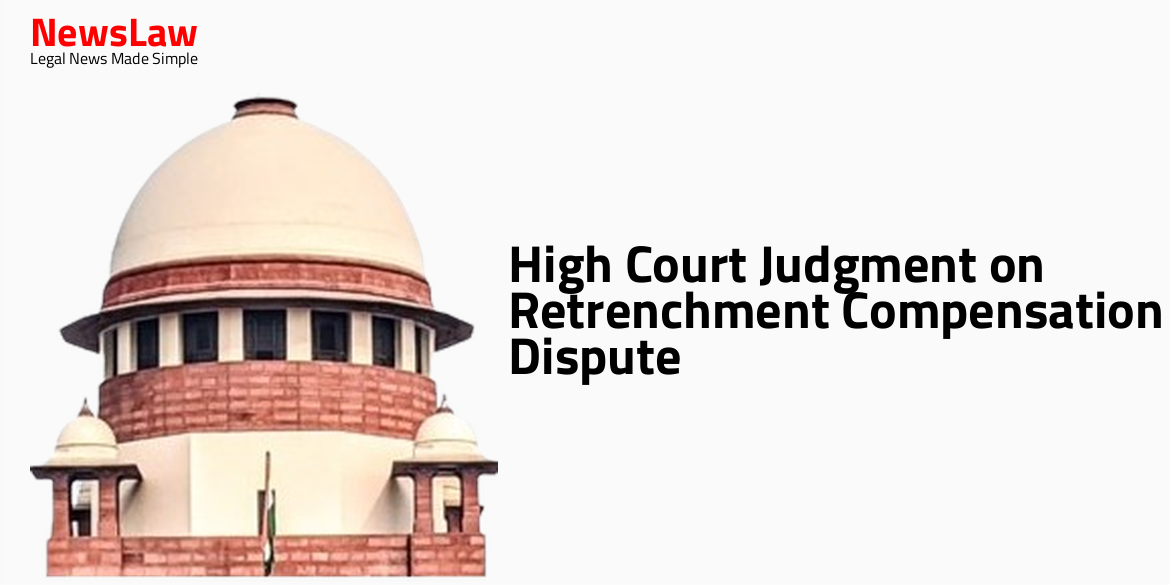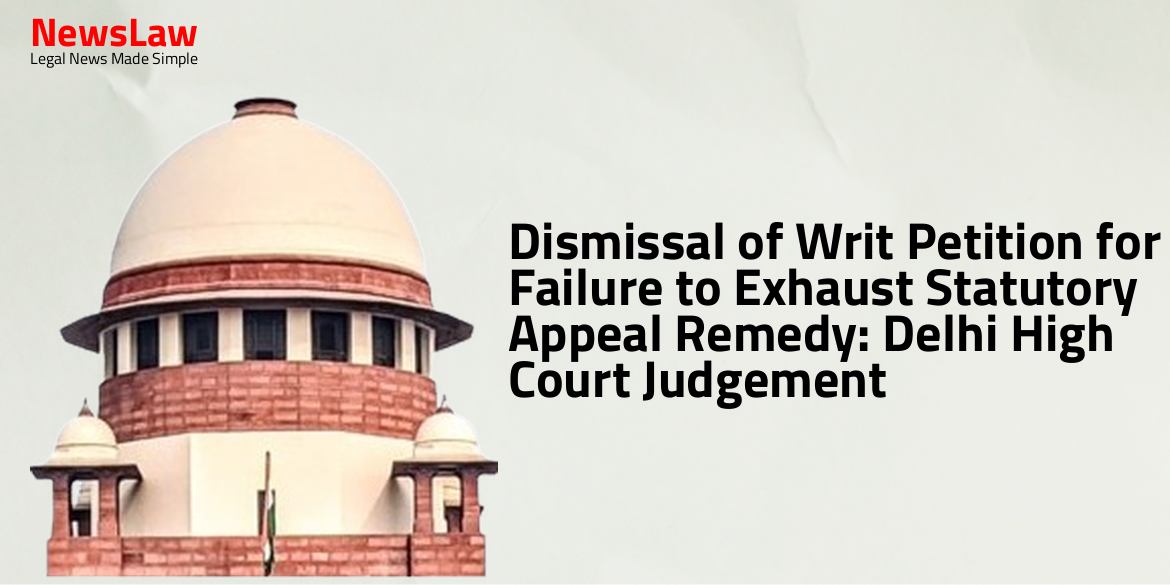In a landmark ruling by the Supreme Court of India, a family property settlement agreement has been upheld, ensuring the rights of Plaintiff No. 2. This decision, centered around the validity of Exhibit-A6 and the redefinition of shares, marks a crucial milestone in the case involving the parties. The judgment provides clarity on the legal aspects of family property disputes and highlights the importance of honoring such agreements within the framework of the law.
Facts
- Late Ghouse Khan purchased the plaint schedule through a Sale Deed.
- An agreement (Exhibit-A6) was made between the successors of Ghouse Khan and Plaintiff No. 2 for partitioning the property.
- Plaintiff No. 2, the niece of all parties, was allotted half of the western side of the property.
- The other half was to be divided into one-fourth shares among Plaintiff No. 1 and Defendants.
- Defendant No. 2 introduced a will dated 25.02.1985 which could affect the intestate succession of the property.
- Legal notices were issued to protect the agreed shares, but only Defendant No. 3 responded.
- The suit is for partition and possession of the property.
- The admitted relationship between the parties is based on Mohammedan Law for succession.
- Defendant No. 2 contests the agreement of 07.02.1992 and claims exclusive interest through the will.
- Plaintiffs published their claim in a daily newspaper.
- Defendant No. 2 denies the execution and enforceability of Exhibit-A6.
- Plaintiff No. 2 was allowed to reside in part of the property by Defendant No. 2 on humanitarian grounds.
- The suit was filed due to Defendant No. 2’s resistance to the partition.
- Ghouse Khan died unmarried, leaving his sister and brothers as successors to the property.
- The plaintiffs seek the allotment of shares as per the agreement dated 07.02.1992/Exhibit-A6.
Also Read: Prashant vs. Anush & Priti Agarwalla: Supreme Court Judgement Summary
Issue
- The Trial Court framed seven issues, of which the first two are relevant for consideration.
- The first issue is regarding whether the plaintiffs and the defendants entered into an agreement on 07.02.1992 as alleged by the plaintiffs.
- The second issue pertains to the validity of the alleged agreement dated 07.02.1992.
- These issues are crucial for determining the contractual relationship between the parties.
Also Read: Partition of Property and Legitimacy of Children: A Legal Analysis
Arguments
- Defendant No 2 introduced a will dated 25.02.1985 of late Ghouse Khan to efface the effect of obligation under Exhibit-A6.
- Defendant No 2 averred that Exhibit-A6 is fabricated and was brought into existence by the concerted efforts of Plaintiffs, Defendant No 1, and Defendant No 3.
- The claim for partition based on Exhibit-A6 is deemed misconceived in law.
- Defendant No 2 or his heirs are not precluded from challenging the enforceability of Exhibit-A6 despite the finding on issue no. 1 becoming final.
- Mr. Tapesh Kumar Singh, Learned Senior Counsel for the Respondents, argues that Defendant No 2 introduced two pleas in opposition to the relief for partition as per Exhibit-A6.
Also Read: Preserving Chittorgarh Fort: Court’s Analysis on Mining Activities
Analysis
- Exhibit-A6 is captioned as an agreement for the settlement of the family property.
- Prior occupation of the property by the plaintiffs negates the delivery of property as per Hiba.
- The agreement in Exhibit-A6 was made by the elders of the family to settle the property in a manner different from Mohammedan law.
- Plaintiffs failed to provide material evidence aside from their own testimonies.
- Non-registration of Exhibit-A6 makes it inadmissible.
- The trial court found in favor of the plaintiffs on issues 1 and 2, leading to a decree denying a share to Plaintiff No. 2.
- The appellate court upheld the validity of Exhibit-A6 and passed a preliminary decree
- The high court allowed the appeal, emphasizing the importance of Exhibit-A6 in settling disputes and redefining shares.
- The court leans towards giving effect to family agreements like Exhibit-A6.
- The agreement in Exhibit-A6 deferred some formalities for a future date for the convenience of parties.
- The agreement aimed at giving rights to Plaintiff No. 2 outside the usual entitlement under Mohammedan law.
- The terms of Exhibit-A6 were interpreted by the court based on their plain meaning.
- The court upheld the legal rights created by Exhibit-A6, especially for Plaintiff No. 2.
- Fundamental rule in construing a document is to ascertain the intention from the words of the deed.
- Surrounding circumstances are considered only to find out the meaning of the words used in the deed.
- Defendant No 2 failed to prove the existence of Will and that Exhibit-A6 is a fabricated document.
- The circumstances in the appeal are peculiar and the decision is confined to the established and admitted circumstances of the case.
- The effect of the above is that the agreement among the parties is given effect, which the judgment impugned has done.
- In our jurisdiction, particularly considering the circumstances of the case, no case is made out for interference.
- The Civil Appeal fails and is dismissed.
Decision
- The RPC filed by Original Name 1 challenges the decision of the lower court
- The RPC argues that there were errors in the lower court’s findings
- Original Name 1 contends that the lower court failed to consider relevant evidence
- The RPC seeks a review of the lower court’s decision
- The RPC also raises issues regarding the admissibility of certain evidence
- Original Name 1 requests that the decision of the lower court be overturned
Case Title: NASEEM KAHNAM Vs. ZAHEDA BEGUM (D) BY LR. (2024 INSC 492)
Case Number: C.A. No.-001957-001957 – 2011



